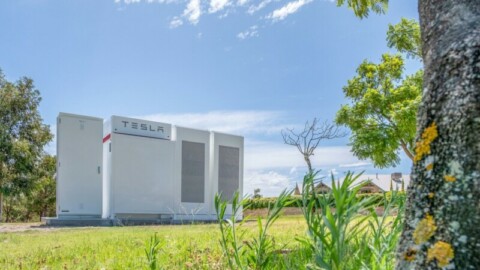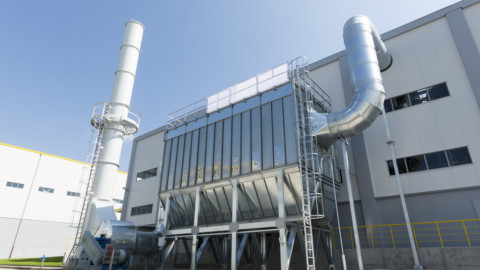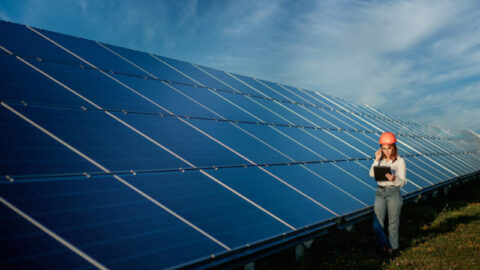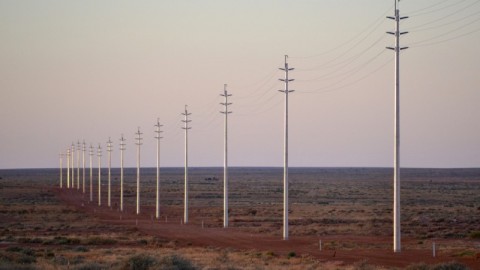Wind turbines’ end-of-life cycle has been examined by a new Clean Energy Council report, highlighting the potential for industry and governments to go further with sustainable waste management practices.
The report, Winding Up: Decommissioning, Recycling and Waste Management of Australian Wind Turbines comes as some of Australia’s oldest wind farms begin to reach the end of their service life. As of 2023, 31 wind farms totalling 599 turbines across Australia are over 15 years old, and the need for sustainable end-of-life cycle practices has grown.
Key stats from the report:
- There are currently 110 wind farms operating across all Australian states and territories
- A wind farm typically has a nominal design life of 20-30 years, though some wind farms are now designed for a minimum operating life of 30 years
- An estimated 15,000t of blade composite waste will have been created in Australia by 2034 due to decommissioned wind farms, and up to 4000t in any given year
- Approximately 85–94 per cent of a wind turbine (by mass) is recyclable and can be recycled in Australia – mostly steel, aluminium, copper and cast iron. This is well above the national average for commercial and industrial waste streams in 2018-19 (57 per cent) and the National Waste Policy Action Plan target (80 per cent average resource recovery rate across all industries by 2030)
Clean Energy Council Chief Executive, Kane Thornton, said, “Australia’s wind energy sector leads the pack among other industries in integrating sustainability into their supply chains, with multiple pathways available for wind turbines to be reused, repurposed or recycled later in their lifespan.”
As highlighted in the report, between 85 and 94 per cent of a wind turbine (by mass) can avoid landfill disposal, with an array of applications for their components. These range from recycling or repurposing raw materials to partial or full recommissioning of turbines via service life extension or even reuse in future projects within Australia.
“While a majority of components can be sustainably recycled, the industry is seeking to go further and eliminate waste disposal during the end-of-life pathways, including composite materials such as carbon fibre and fibreglass commonly used in turbine blades,” Mr Thornton said.
“Australia’s economic recovery and future prosperity will be driven by clean energy. With wind already accounting for more than a third of generation capacity, it will also shape the circular economy as it grows over the next few decades.”
















